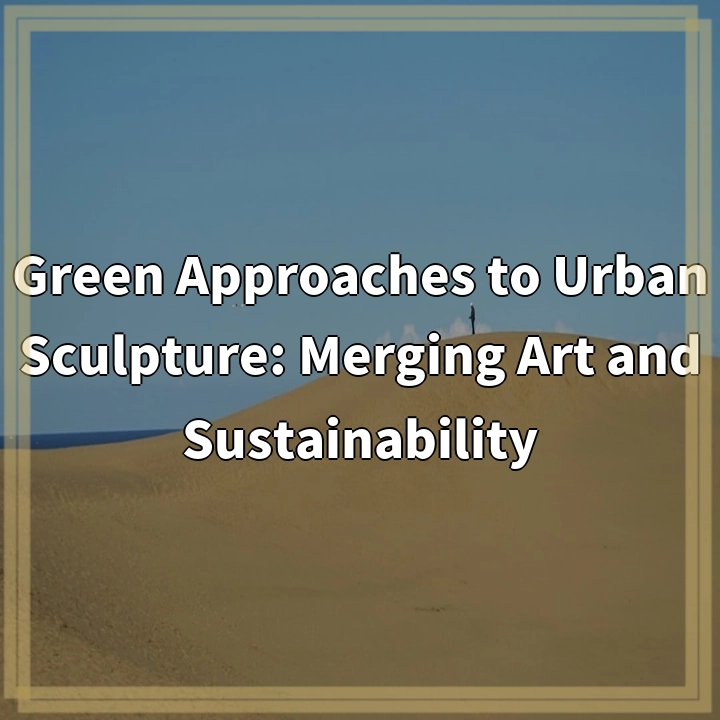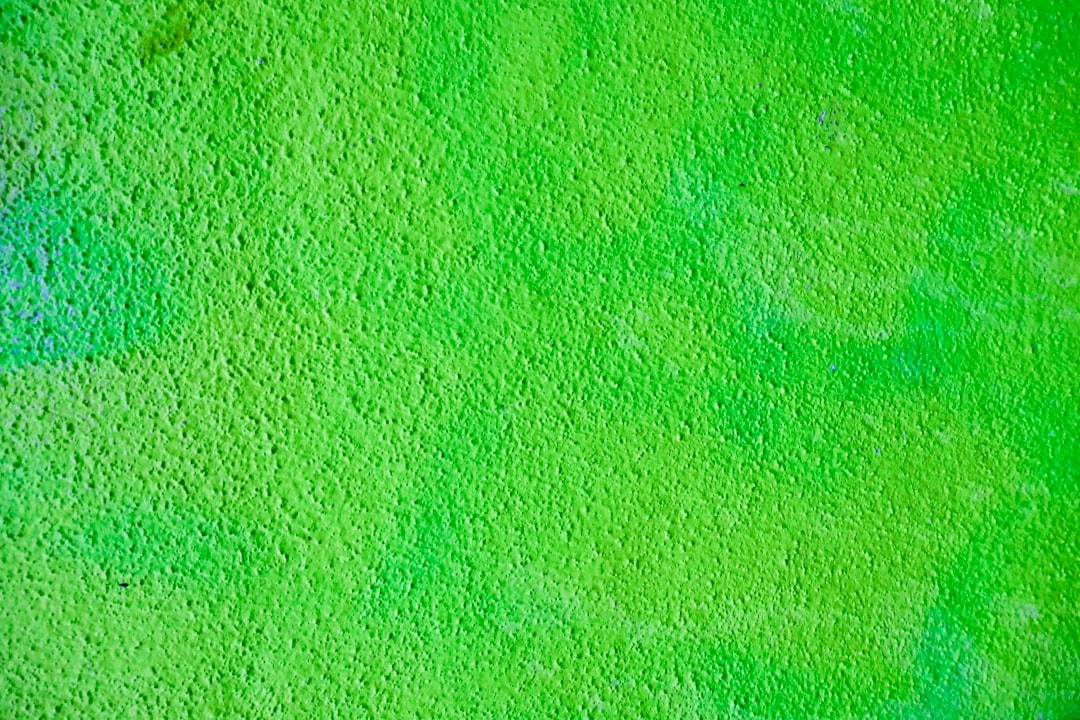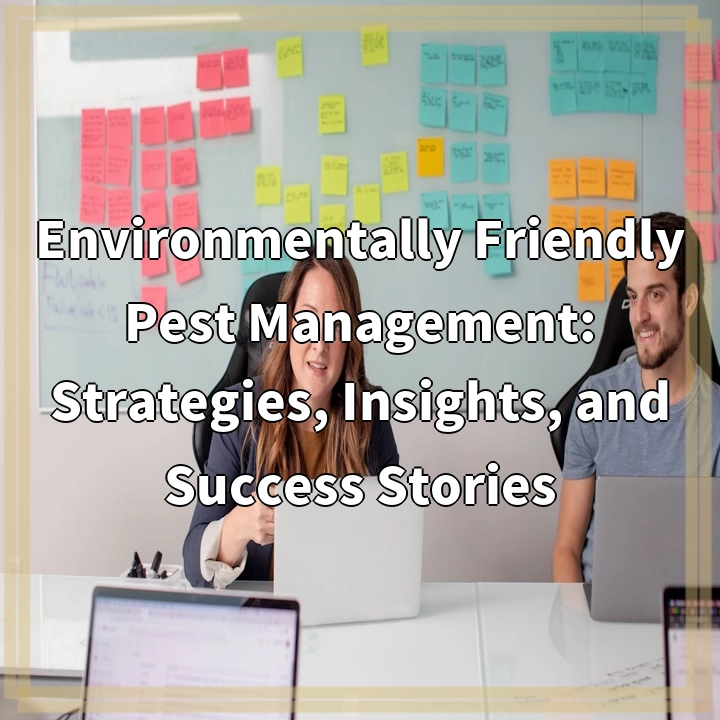
What it is:
Green approaches to urban sculpture incorporate sustainable practices and materials into the creation of public art. These practices prioritize environmental responsibility, aiming to minimize ecological footprints while enhancing urban spaces. Artists and urban planners are increasingly aware of the impact that traditional art installations can have on the environment, leading to a shift towards sculptures made from recycled materials, sustainable resources, and designs that promote biodiversity.
Key Aspects of Green Urban Sculpture
Green urban sculpture often emphasizes the integration of natural elements and ecological principles. This can include using native plants in living sculptures, employing solar energy for interactive installations, or selecting non-toxic materials to ensure the safety of both the environment and the community. Moreover, these artworks aim to inspire awareness and dialogue about sustainability and environmental issues within urban settings.
Real-World Problems
Despite the benefits and growing interest in green urban sculpture, numerous real-world challenges persist. One major obstacle is funding; many municipalities grapple with budget constraints that can limit the ability to invest in sustainable art projects. As budgets reduce, traditional art forms typically take precedence, sidelining green initiatives.
Material Sourcing and Availability
Sourcing environmentally friendly materials poses another challenge. While there is a rising demand for sustainable options, not all artists have easy access to such resources. This can lead to compromises that detract from the intended eco-friendly message, as artists might resort to more readily available but less sustainable materials.
Public Perception and Acceptance
Public perception also plays a critical role in the success of green urban sculpture. While some community members embrace innovative art forms, others may resist them, especially if they deviate from traditional aesthetics. Engaging the community through dialogue and participation is crucial but can be difficult to achieve. Without broad support, green sculptures may not be well-maintained or valued.
Maintenance and Longevity
Finally, the maintenance of green urban sculptures presents a unique set of challenges. Installations that incorporate living elements or require particular conditions to thrive may struggle to endure in the harsh urban environment. This requirement necessitates ongoing care and resources that cities may not be able to commit over time.

Solutions to Green Approaches in Urban Sculpture
To address the challenges faced by green urban sculpture, several solutions can be implemented to promote sustainability while enhancing public art in cities. These strategies focus on collaboration, community engagement, and innovative practices that prioritize both environmental responsibility and artistic expression.
1. Collaborative Funding Models
To combat funding limitations, cities can explore collaborative funding models that engage local businesses, non-profits, and community members. By creating public-private partnerships, stakeholders can pool resources to support green initiatives. Grants and crowdfunding campaigns can also be utilized to foster a sense of community ownership over these projects.
2. Sustainable Material Networks
Establishing networks for sourcing sustainable materials can help artists access eco-friendly options more easily. This could involve local suppliers, eco-conscious brands, and even recycling initiatives that provide usable materials from waste products. Workshops and resources for artists on sustainable practices can also foster creativity while minimizing environmental impact.
3. Community Engagement and Education
Encouraging community engagement can mitigate resistance and foster appreciation for green urban sculptures. Hosting workshops, public discussions, and participatory art projects can help residents connect with the artwork. Education campaigns highlighting the ecological benefits of green sculptures can also enhance public support and understanding.
4. Maintenance Partnerships
Forming partnerships with local environmental groups and community organizations can ensure the ongoing maintenance of green art installations. These groups can help with the care of living materials or facilitate volunteer-driven maintenance efforts, creating a sense of stewardship among residents and ensuring the longevity of the installations.
5. Adaptive Designs
Implementing adaptive designs that account for urban environmental conditions can also enhance the resilience of urban sculptures. Artists can create installations that are not only visually appealing but also withstand the rigors of urban settings, reducing the need for extensive maintenance and allowing the art to evolve with its environment.















